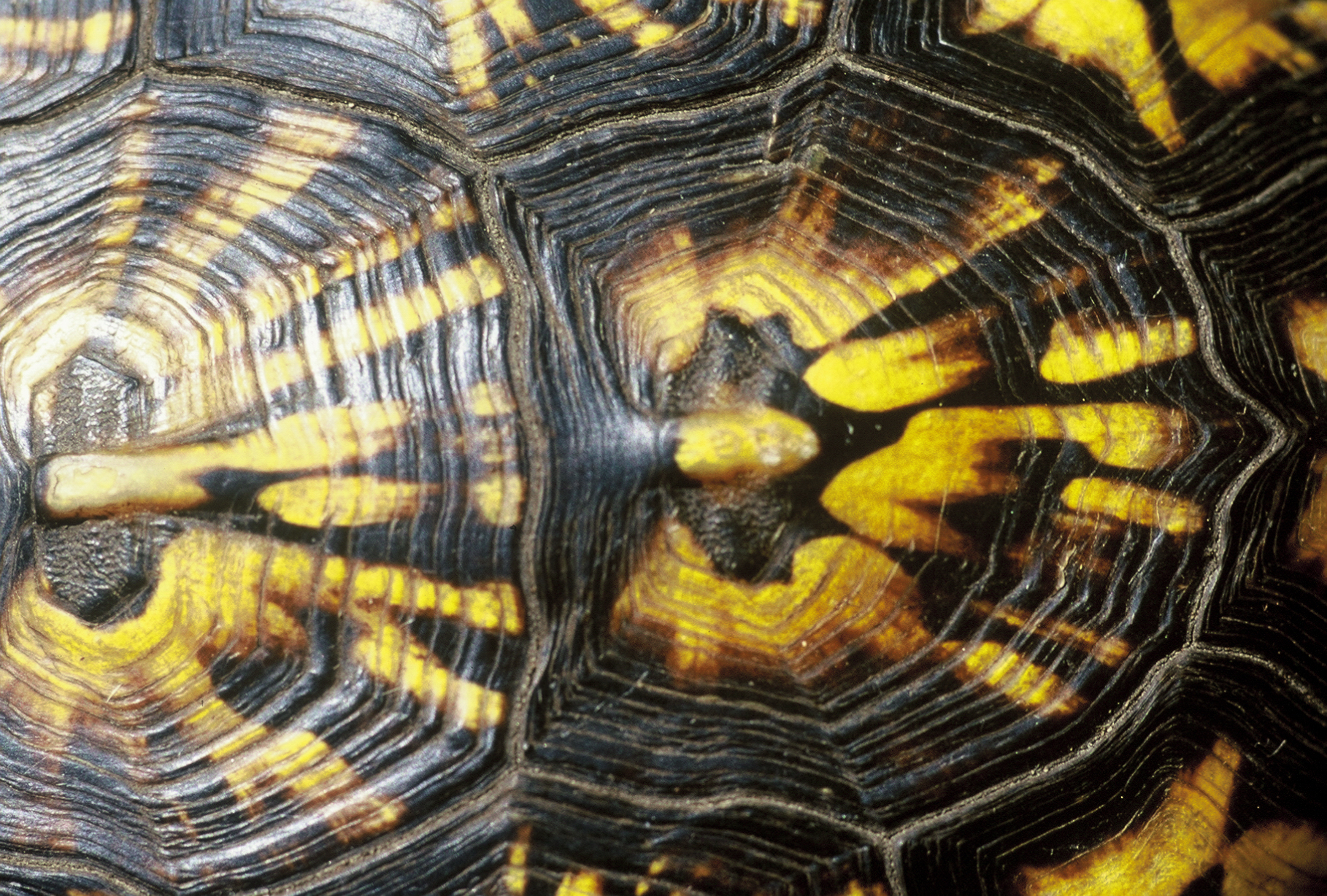

This southwestern indigenous North American annual bean species is a vigorous vine growing 10-15 ft. tall. The large amount of flowers attracts many types of pollinators. Even in Michigan, it is well appreciated by bumblebees but also orange butterflies. They produce a delicious small bean easily shucked because the pods twist to eject the beans as it dries. Many selections have been made by the Native Americans since the wild forms still exist in the dry deserts of the southwestern U.S. The greatest available repository is from Native Seeds. This was the start of my selection process along with Joseph Lofthouse. I grew many of these on my trellis system in southwestern Michigan. I was fond of growing the teparys because of their ornamental appeal with trident shaped leaves and bright pink and violet flowers. As I continued growing many of the selections, I realized the ripening period even on the short season selections were too long here in Michigan. The hybrid types were also low yielding which only led to frustration in terms of eating the beans during my winter months. So initially it was not practical to grow for the edible bean. I was not sure if others experienced this or if it was only me? !! We have a lot of cloudy weather and moisture which tended to not be the best for the plants. As a result, I began growing mixtures of the beans to find and select only the earliest and most productive of the crossses. From this came Speckles tepary. Speckles is a non-hybrid with small beans, early ripening and high yields. Speckles was more practical to grow for the delicious beans and is well adapted to the Michigan climate.
Speckles produces pods all along the vine and ripening in early to mid August here by planting in May. Certainly there could be other varieties that could do this, but I could not find them so for now Speckles sets the record for both earliness and heaviest yields per plant. The pods twist open to reveal a solid cluster of lightly speckled black over white coloration on a small bean. The flavor is good and it is practical to grow to eat versus the ornamental wild ones I still try to grow. Speckles was found as an errant seedling at the end of a row. I eventually grew it out over a few years to increase the numbers. The saying that it takes a population to find an individual is appropiate for Speckles. Up until that point the plants were a joy to grow but the yields were low.
Its low water usage, vigor with ability to grow in poor and rocky soil without the need for additional fertilizer make it a plant with great potential between the worlds of agriculture and ecology. The yields are high enough to consider as a both a nitrogen fixing crop and a wild bean to collect and enjoy as a protein source.
To germinate the seed: Plant after frost 1/8 to 1/4 inch deep. Seeds will sprout slowly. Soaking in water is not necessary. Keep the top soil moist if possible for a week to aid in germination if there is not adequate rainfall. These plants are fast growing. Use a 2-3 inch spacing between beans. A 2 by 2 inch size trellis. 8 ft. height is ideal. Full sun or part shade.
Free shipping on this seed.
| Plant Specs |
| Genus & Species |
Phaseolus acutifolius and hybrids |
| Seed Source |
Michigan. Grown using wild types from New Mexico and Arizona. Native Seeds. And then reselected over time for short season and adaptibility over a decade showing the highest yields while ripening fully in summer. |
| Height (ft) |
10-15 ft. |
| Width (ft) |
3-4 ft. |
| Pollination Requirements |
Super attractive to all types of bees and butterflies. Many types of solitary bees use this plant. Bumblebees in particular go to these. |
| Soil |
Likes dry hot conditions with rocky soil but tolerant to other soils. |
| Ease of Cultivation |
Ripening in 60-70 days this vine is perfect for covering fences as well as producing a secondary bean crop that can be harvested and dried for later use. The rich flavor and nutrition is a good reason to grow it. I grew it as a means for using as a nitrogen fixer in my tree crop plantings. It is Immune to foliar diseases and shows no virus in my plantings. Grown mostly isolated on a trellis. Some hybrids may appear. |
